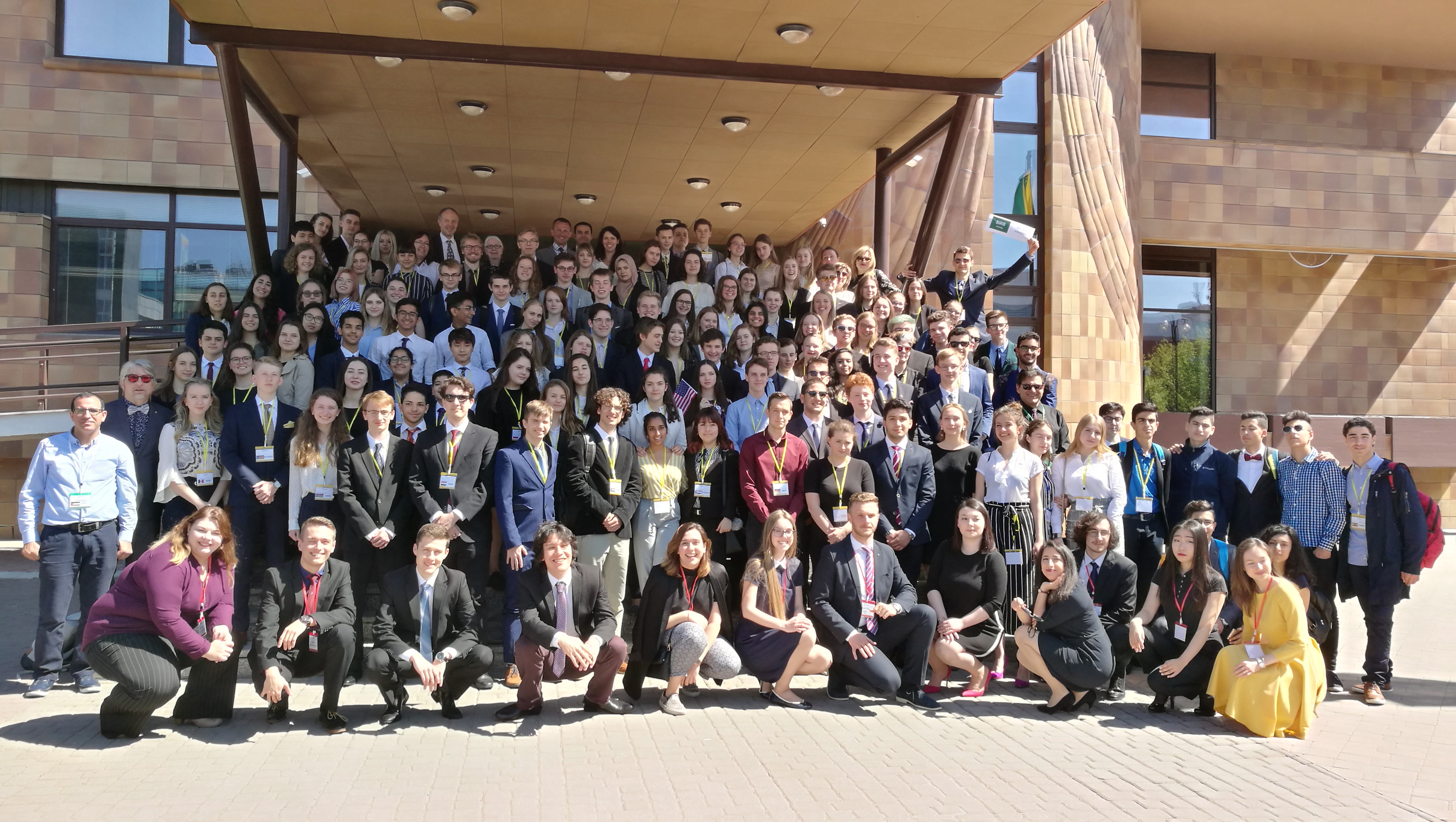Dear Delegates,
It is with great pleasure that I welcome you to the 6th session of the General Assembly of ZAMUN. I plan to do my best as your chair to make this experience as exciting, educational and enjoyable as possible. And in order to achieve that, I will need a few things from you:
Firstly, I will need a Position Paper from you. This document should contain brief summary of the problem which is going to be discussed in the committee meetings from the perspective of the country you will be representing, and statement of the position that your country will be holding throughout our discussion. The statement of the position should follow from the problem summary section and should contain a reasonably detailed outline of the solutions to the problem (which of the solutions available is in opinion of the country you are representing most suitable). Our Study Guide, should help you with identifying the major problems and solutions; nonetheless, your research on the topic is even more important. Please do not panic if you cannot find explicit statement of the position of your country somewhere online. MUN conferences are workshops of critical thinking. Read about country's domestic and international policies and try to infer country's position. Nonetheless, the topic we will be discussing has already been discussed on many occasions, so it should not be too much of a problem to find your country's position. If you had any problems with your writing, Google! There are tons of guides how to write PPs (e.g.: http://www.unausa.org/
Secondly, it is absolutely essential for you to be familiar with ZAMUN rules of procedure -> http://oldzamun.zilinamun.sk/rules-
I look forward to hearing from you.
Kind regards and best of luck on your research!
Nastaran A.Motlagh (nastaran.alaghemandan
President of UNGA, ZAMUN 2017
UNITED NATIONS GENERAL ASSEMBLY
Established in 1945 under the Charter of the United Nations, the General Assembly occupies a central position as the chief deliberative, policymaking and representative organ of the United Nations. Comprising all 193 Members of the United Nations, it provides a unique forum for multilateral discussion of the full spectrum of international issues covered by the Charter. It also plays a significant role in the process of standard-setting and the codification of international law.
The Assembly meets from September to December each year, and thereafter, from January to August, as required, including to take up outstanding reports from the Fourth and Fifth Committees. Also during the resumed part of the session, the Assembly considers current issues of critical importance to the international community in the form of high-level thematic debates organized by the President of the General Assembly in consultation with the membership.
During that period, the Assembly traditionally also conducts informal consultations on a wide range of substantive topics, including on UN reform related matters.
http://www.un.org/en/ga/about/background.shtml
Religious Freedom in Tibet
The issue of religious freedom in Tibet dates back to 1950s when the Chinese government established repressive policies against Tibetan Buddhism. This is the religion of the vast majority of Tibetan population and is a fundamental part of their culture and identity. These policies not only limit their individual freedom, but also collective rights, as they are having difficulties with preserving an ancient religion, thanks to the PRC authoritarian, communist regime.[1]
The policies the government introduced forbid the Tibetan Buddhist monasteries to spread their traditional education- rather, political propaganda replaced this schooling. Instead, monks and nuns are required to go through “patriotic education”, which is contradictory to the actual teachings of Tibetan Buddhism. Festivals and religious ceremonies are being regulated or cancelled. Religious figures, monks and nuns are restricted in travelling, to be unable to perform these ceremonies. The defenders of the religion are prosecuted and subject to harsh punishment.[2] Lamas and other spiritual leaders are being harassed, imprisoned, beaten and tortured. Owning the Dalai Lamas image, or anything that might symbolize devotion to him, is punishable.
Yet it is not only the limitation of their practices that are of concern. The religious prosecution in Tibet is not only ethnic or cultural discrimination; it is not the bias or intolerance of majority towards minority, it is a calculated, politically motivated set of policies to achieve their political visions. The aims of these policies is to extinguish their characteristic culture, as it is perceived as a barrier to engulfing Tibet by the Chinese.[3] A heated debate can be carried on the topic of lawfulness of the exertion of power of the People's Republic of China over Tibet (if Tibet is under unlawful Chinese occupation, China's illegal presence in the country is a legitimate object of international concern), but the issue of religious and human rights of the Tibetan people still remain legitimate objects of international concern regardless of Tibet's legal status.[4]
[1] Transnational Radical Party, (1998). Question of Religious Freedom in Tibet. [online] Available at: http://www.radioradicale.it/exagora/un-tibet-religious-freedom-statement-of-the-trp-item-18.
[2] UN, EU & Human Rights Desk (2013) Religious Freedom in Tibet, India: Department of Information and International Relations, Central Tibetan Administration.
[3] Schwarz, R., (1999). Religious Persecution in Tibet. In The Roundtable on Religious Persecution. Ottawa, March 17, 1999. Ottawa: Canadian Jewish Congress. 8.
[4] van Pragg, W., (1988). Legal Status of Tibet. Cultural Survival Quarterly Vol. 12. [online] Available at: http://www.culturalsurvival.org/ourpublications/csq/article/the-legal-status-tibet

